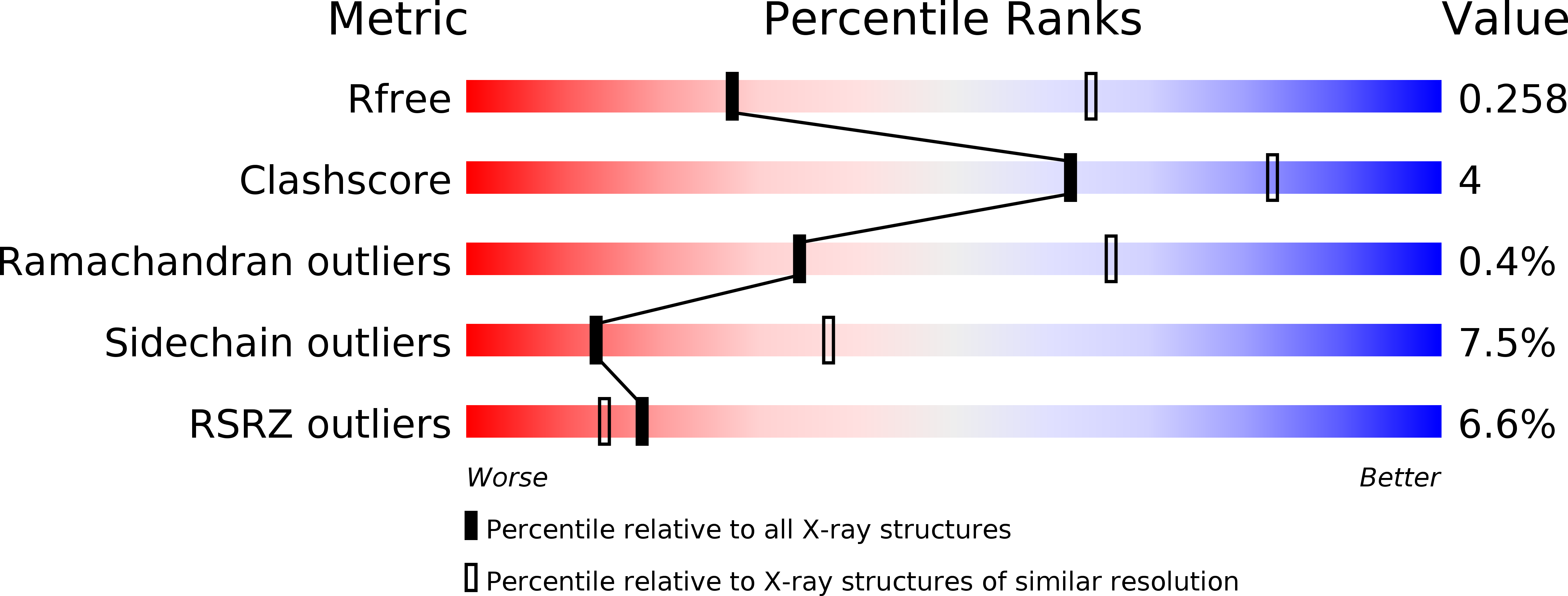
Deposition Date
2015-04-07
Release Date
2015-05-27
Last Version Date
2024-01-10
Entry Detail
PDB ID:
4Z7H
Keywords:
Title:
Crystal structure of human IRE1 cytoplasmic kinase-RNase region - complex with imidazopyridine compound 3
Biological Source:
Source Organism:
Homo sapiens (Taxon ID: 9606)
Host Organism:
Method Details:
Experimental Method:
Resolution:
2.90 Å
R-Value Free:
0.22
R-Value Work:
0.20
R-Value Observed:
0.20
Space Group:
P 21 21 21


